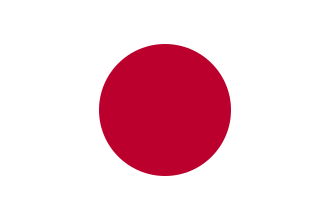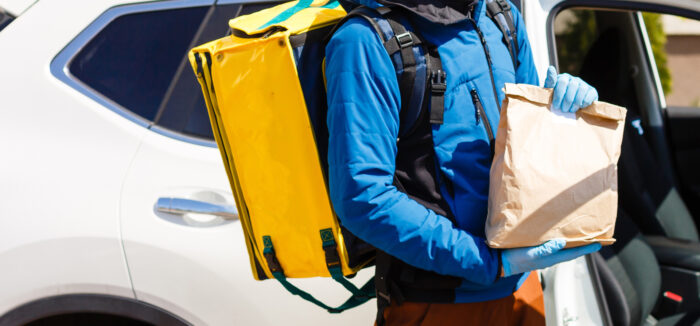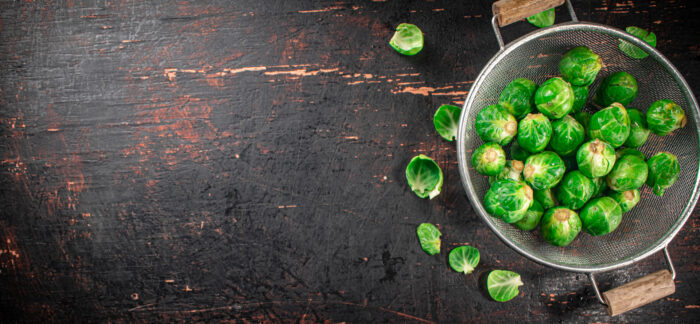MANY DELICIOUS FRUITS and vegetables are in season now. These include artichokes, Brussels sprouts, mushrooms, peppers, and others.
These items can be problematic due to bug infestation. Here are some guidelines and recommendations to follow:
Artichokes
As a policy, OK Kosher only allows artichoke bottoms to be served in our certified establishments. This means that all the leaves need to be removed so that only the bottom remains. The choke (fuzzy layer on top of the artichoke bottom) needs to be scraped out with a teaspoon and then the bottoms should
be rinsed under a strong stream of water.
Canned artichoke requires an acceptable certification. Typically, one would find a reliable hechsher only on artichoke bottoms, not on artichoke hearts. If one finds canned artichoke hearts with a hechsher, one should be skeptical and should seek to verify the method by which that agency is ensuring there are no bugs.
Frozen artichoke bottoms are acceptable; frozen hearts are not.
If one wishes to eat a fresh artichoke with the leaves, a visual inspection of each leaf would be necessary before eating.
Brussels sprouts
These should only be used after separating all leaves.
After separating the leaves, they should be washed in water with Veggie Wash/liquid soap for 5 minutes. During this time, one should rub each leaf between their fingers. Then remove the brussels sprouts with both hands (holding loosely) in small bunches and rinse them under running water.
They should then be soaked and agitated again in clean water without soap for about 3 minutes. This water should then be filtered through a fine mesh cloth (thrip cloth) and the mesh cloth should be checked with a strong overhead light or lightbox. If insects are found, repeat the process until the cloth is insect-free.
If, after checking the third time, there are still insects, the produce should not be used.
Mushrooms
Regular white mushrooms (Agaricus Bosporus) and Portobello Mushrooms – Remove any spoiled mushrooms from the container. Then wash mushrooms (in small quantities) under a strong stream of water before cutting. Take a sample of about 3 mushrooms from each container and slice them lengthwise. The sample should be visually checked for bugs (especially worms). If the sample is clean, the rest of the container may be used.
Any other mushrooms, such as porcini, maitake, oyster, chanterelle, trumpet, hedgehog, beech, morel, etc., are known to be highly infested and problematic when grown outdoors in the wild. OK Kosher recommends not using these at all unless one is sure that they are cultivated (grown in specialized indoor facilities).
Peppers
The tops (where the stem is) should be cut off completely. Then rinse the peppers thoroughly under running water while rubbing your fingers up and down the sides.
To access the complete Vegetable Checking Guide, visit www.ok.org/vegetable-guide or download it on the App Store or Google Play.


 EN
EN  ZH
ZH  KR
KR  BR
BR  ES
ES  IN
IN  IL
IL  JP
JP 



